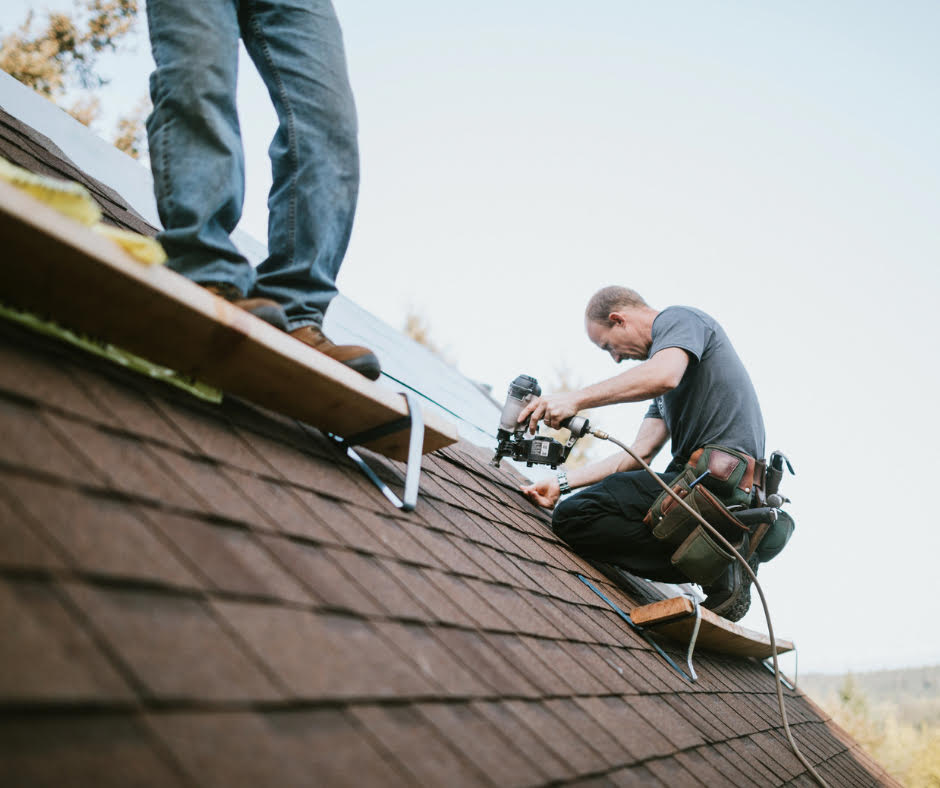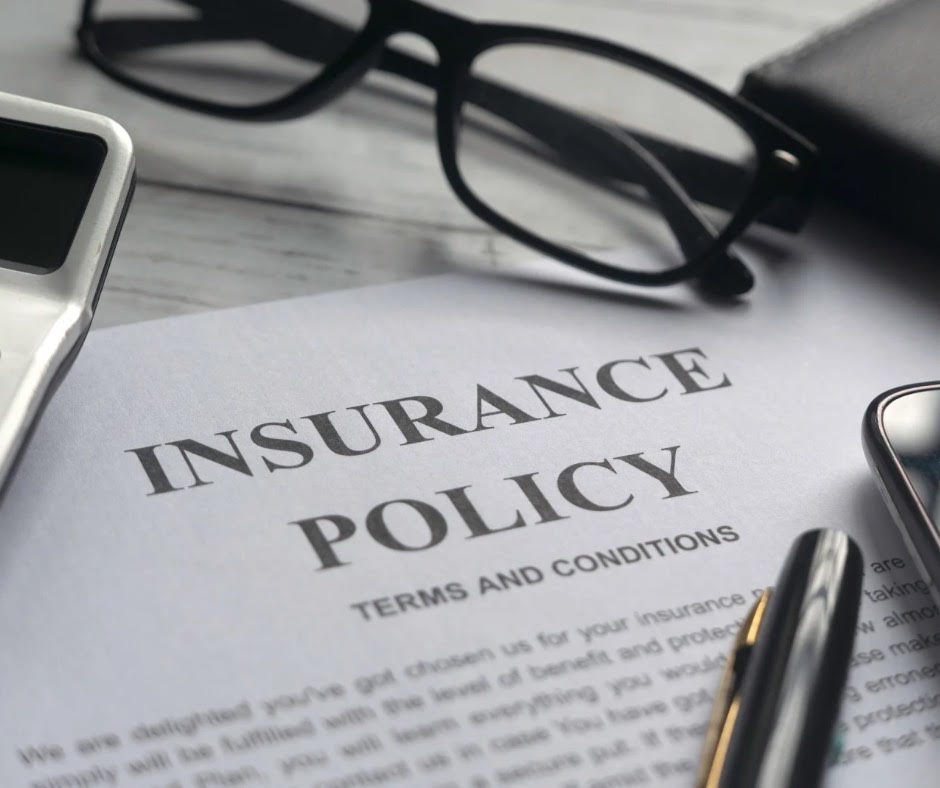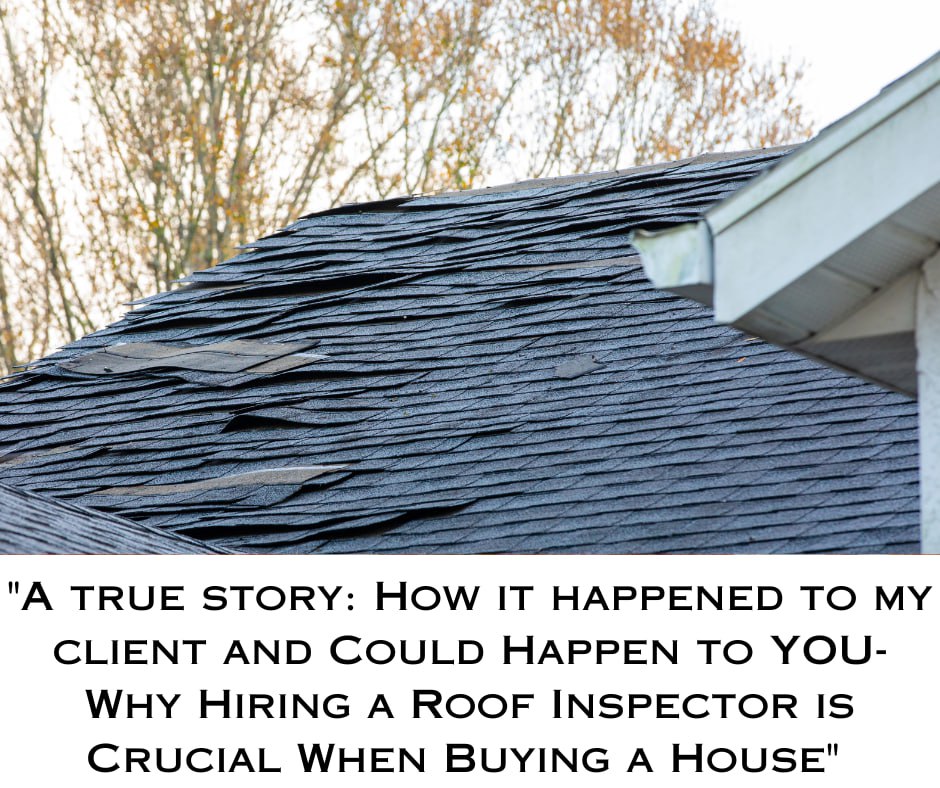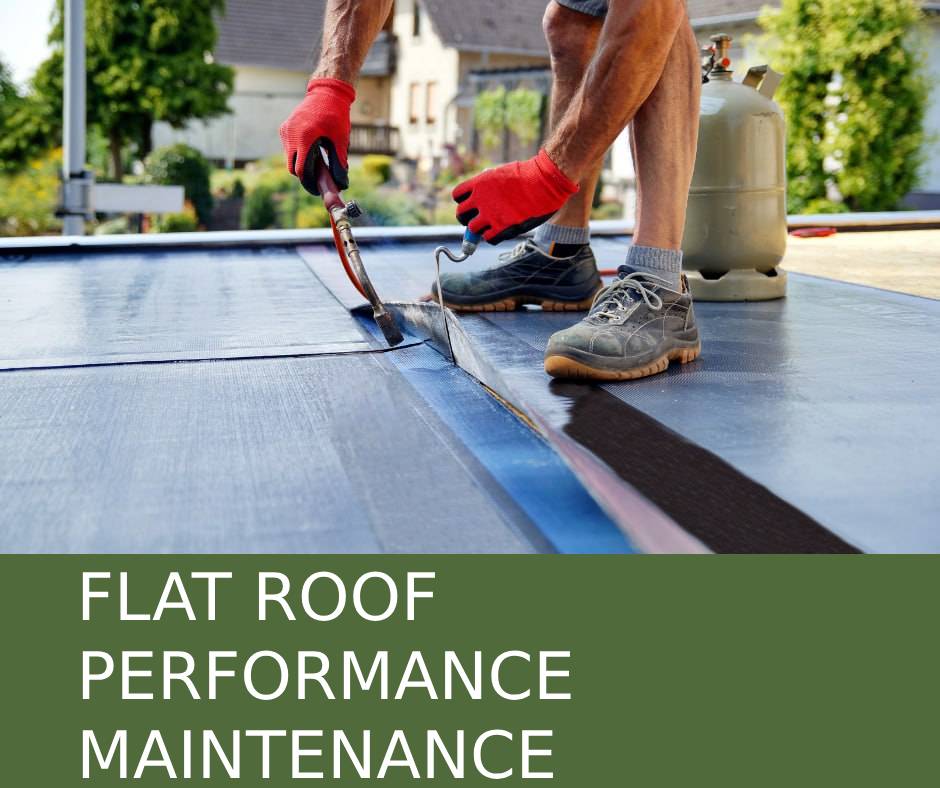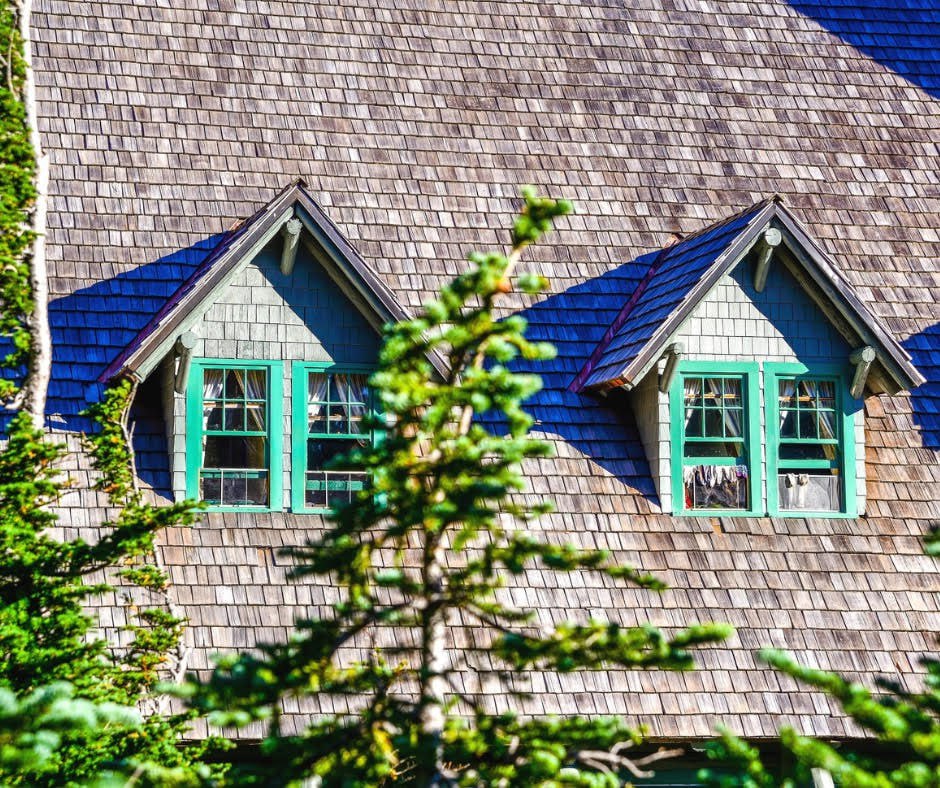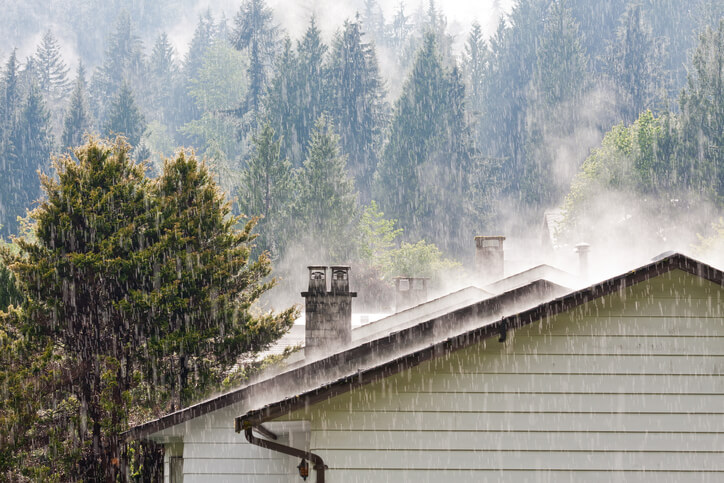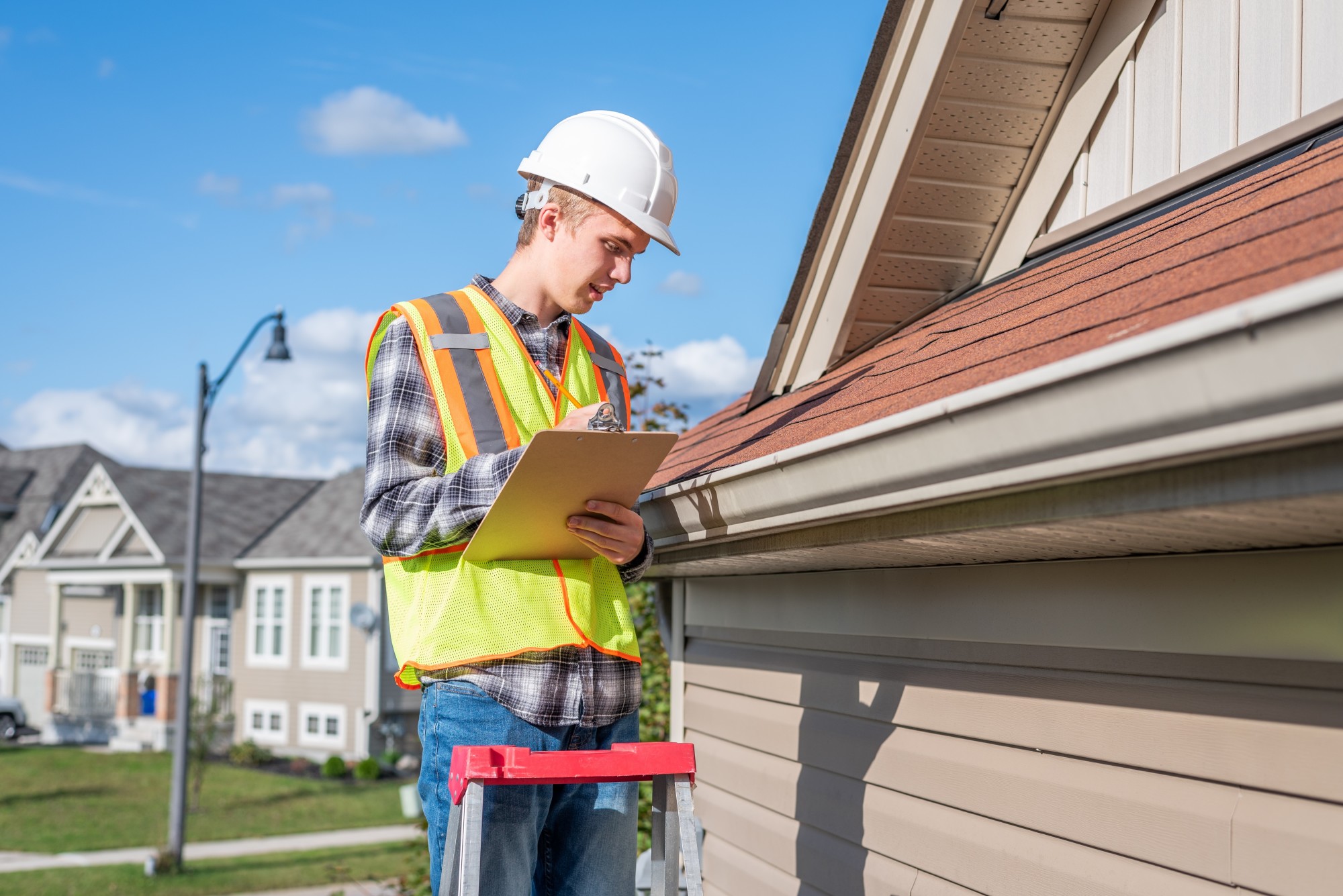Finding a reliable and trustworthy roofing contractor can be a daunting task. However, with the right approach and knowledge, you can ensure that your roof is in good hands. In this blog post, we’ll walk you through some essential tips and tricks that will help you find the perfect roofing contractor for your needs.
1. Research and Gather Recommendations:Start by conducting thorough research on local roofing contractors. Look for online reviews, testimonials, and ratings to get an idea of their reputation. Additionally, reach out to friends, family, and neighbors who have recently had their roofs repaired or replaced. Their firsthand experiences and recommendations can be invaluable in your search.
2. Verify Their Credentials:Once you have a list of potential contractors, it’s crucial to verify their credentials. Check if they are licensed and insured, as this ensures they meet the necessary legal requirements and will be accountable for any damages or accidents that may occur during the project.
3. Experience Matters:When it comes to roofing contractors, experience is key. Look for contractors who have been in the industry for a significant period, as it demonstrates their expertise and ability to handle various roofing issues. Experienced contractors will also have a robust portfolio with successful projects in their repertoire.
4. Request Detailed Estimates:Always request detailed estimates from multiple contractors before making a decision. This will help you compare prices, materials, and timeline proposals. Be wary of contractors who provide significantly lower bids, as they may compromise the quality of materials or craftsmanship.
5. Communication and Customer Service:Open and clear communication is essential throughout the entire roofing project. Prioritize contractors who are prompt, responsive, and willing to address any concerns or queries that you may have. A reliable roofing contractor should be transparent about the project’s progress and keep you informed every step of the way.
6. Warranty and After-Sales Support:A reputable roofing contractor should provide a warranty on both materials and workmanship. This not only instills confidence in their services but also ensures that you are protected in case any issues arise after the project’s completion. Additionally, inquire about their after-sales support and whether they offer any maintenance or repair services.
7. Check for Proper Insurance Coverage:Before finalizing any contract, ensure that the contractor has adequate insurance coverage. This includes liability insurance and workers’ compensation insurance. These insurances protect you from any liabilities in case of accidents or property damage during the project.
Finding a reliable roofing contractor can seem overwhelming, but by following these essential tips, you can make an informed decision. Remember to conduct thorough research, verify credentials, prioritize experience, and prioritize effective communication. With these steps in mind, you’ll be well on your way to finding a top-notch roofing contractor who will deliver exceptional results for your roof.





